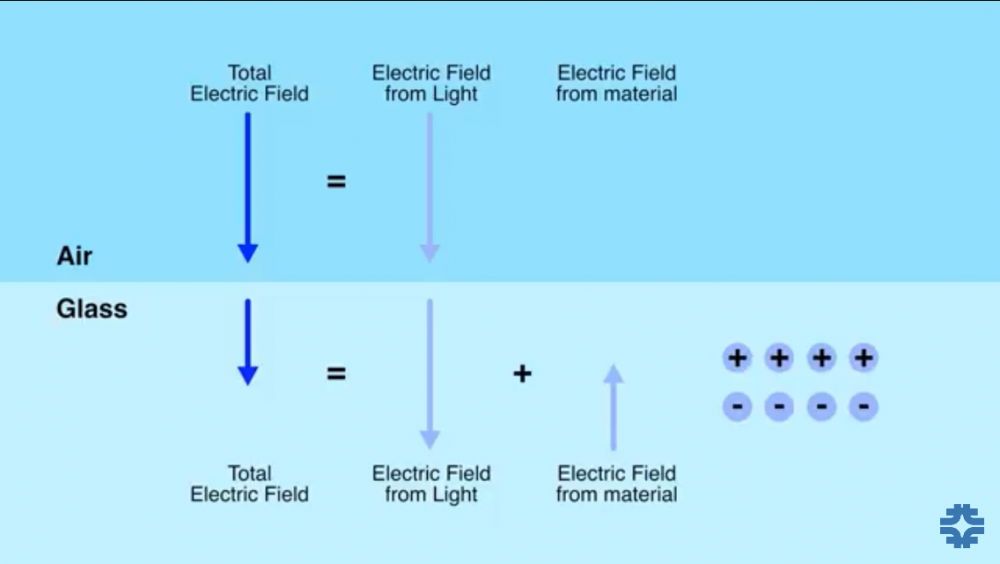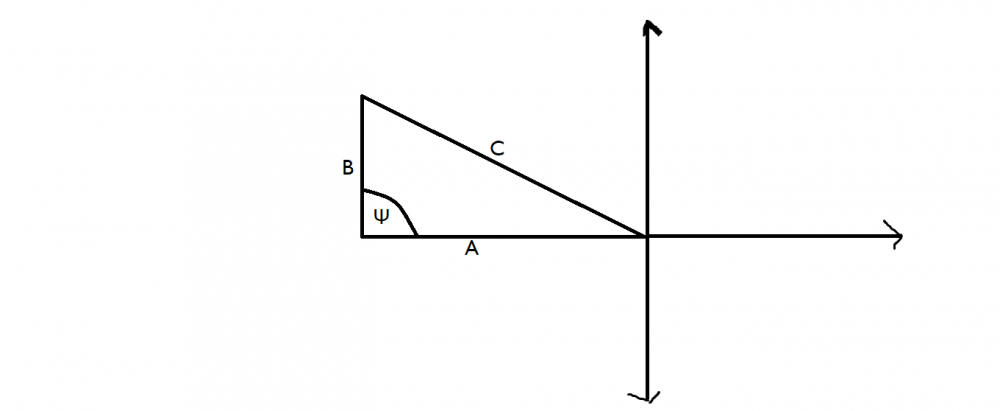

King E
Senior Members-
Posts
56 -
Joined
-
Last visited
Everything posted by King E
-
What about in case of O₂ ? Or H₂ ? The electronegativity is same. Which atom will get partial negative charge and which will get partial positive charge in the above mentioned cases? Each hydrogen atom in H2S , no doubt gives 1 electron to sulphur but also takes 1 electron from sulphur. Similarly the sulphur atom takes 1 electron from each hydrogen atom but also gives 1 electron to each hydrogen atom. So why isn't the oxidation state of each hydrogen atom -1 and that of sulphur +2 in H2S ?
-
How is the oxidation state in covalent compounds calculated ? For example, in H₂S, why does hydrogen have an oxidation state of +1 and sulphur has oxidation state of -2 as the electrons are being shared ? Can hydrogen have oxidation state of -1 and sulphur +2 (because the electrons are shared) ?
-
If you bump an electron to H- ion, can't the electron just enter the empty L shell by releasing energy?
-
What I meant to say is can a Hydrogen -2 ion be formed?
-
In hydrogen, why cannot electrons enter an empty shell after the K shell is filled?
-
I did. Some people are saying that its a physical change and some are saying that it is a chemical change. In a solution the constituents exhibit individual chemical characteristics. You are saying that new chemical species are formed. So will the "NaCl in water " solution have different chemical properties from its constituents(NaCl and H2O)? i.e. is a "NaCl in water" solution a new compound with respect to NaCl or H2O ? And is the ion surrounded by water molecules (solvation shell) a new compound?
-
It ain’t. The interaction of water molecules.
-
Is the solvation of salt (NaCl) in water a chemical reaction?
-
Why doesn’t that happen by conduction, when the molecules below vibrate upon heating and collide with each other they transfer energy all the way through other molecules to the surface molecules?
-
I heard, molecules only at the surface of the liquid evaporate. But do the molecules below the surface of the liquid evaporate? Suppose we heat a container containing a liquid from the bottom. So molecules at the bottom of the container will have higher kinetic energy than the molecules on the surface. How will the molecules on the bottom escape as vapours?
-
If all the molecules at the same height in a container feel the same pressure then how does it remain true if the shape of the container is changed? Where are the vertical reaction vectors coming from on the right side, given that the container is a single rigid body and is thus not being pushed down onto the liquid molecules by gravity?
-
So “The error which occurs in a measuring instrument due to non-leveling of scales on zero point is known as zero error”?
-
Is this the correct definition of zero error? The systematic error in a measuring instrument due to non-uniform or wrongly marked graduation due to which a measurement may be less or greater than actual measurement is called zero error of the measuring instrument.
-
Some are marked in inches as well. Are they standard as well?
-
In other words what is the scale of Standard Metre Rule?
-
Yes it helped and I got my answer.
-
Yes because you find faults in the question whenever your answer doesn't help.
-
I know that but they don't answer my question.
-
In case of right angled triangles, C^2 = A^2 +B^2 - 2AB cos(Ψ) is shortened to C^2 = A^2 +B^2 because the cosine of the angle "Ψ" which is 90° is equal to 0. But how is its cosine equal to 0.


.thumb.png.84d6c1b437d992a62e66c7e392d8d247.png)
.thumb.png.33c3ee6bdb5c5e23bb557d5ef55761b0.png)
